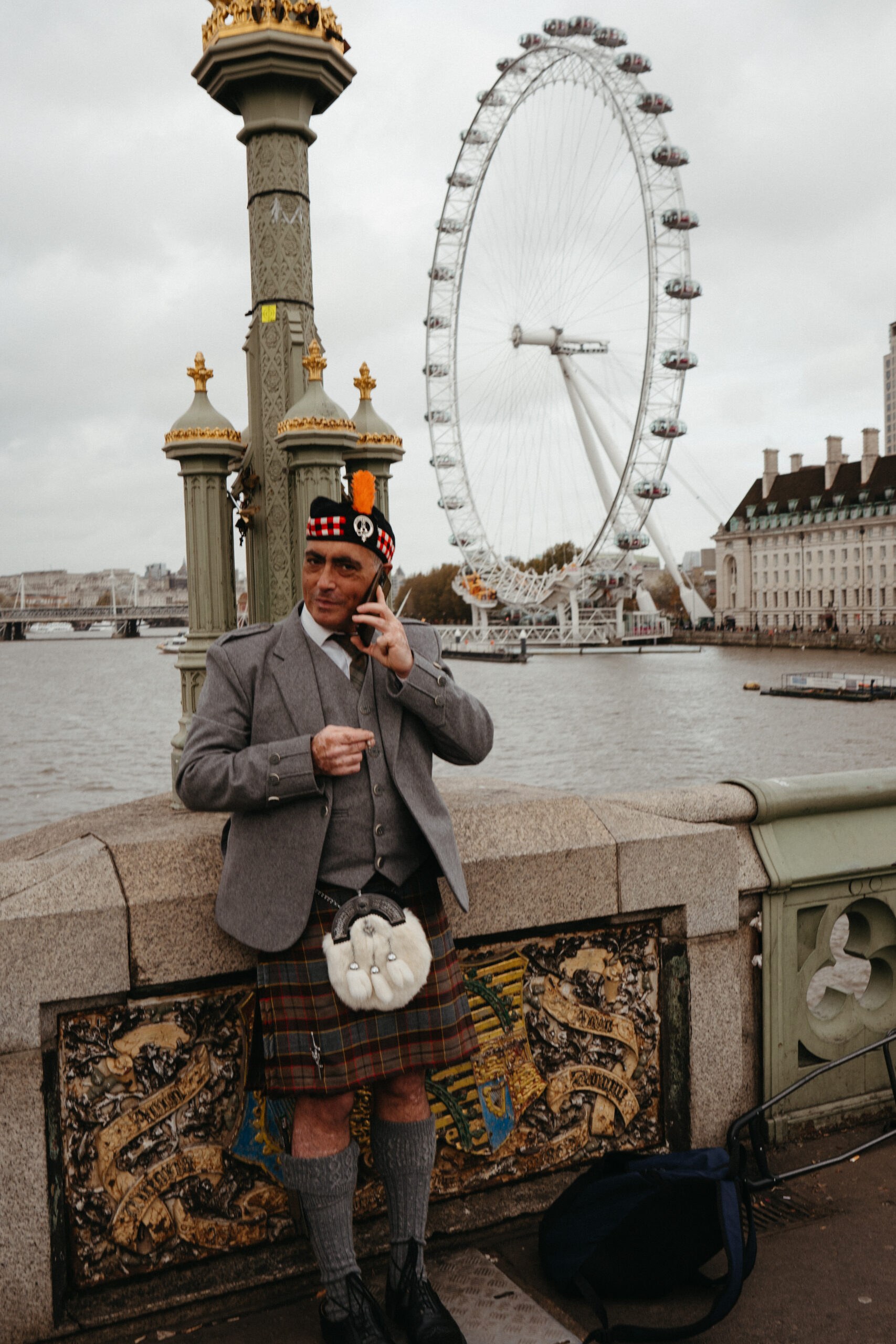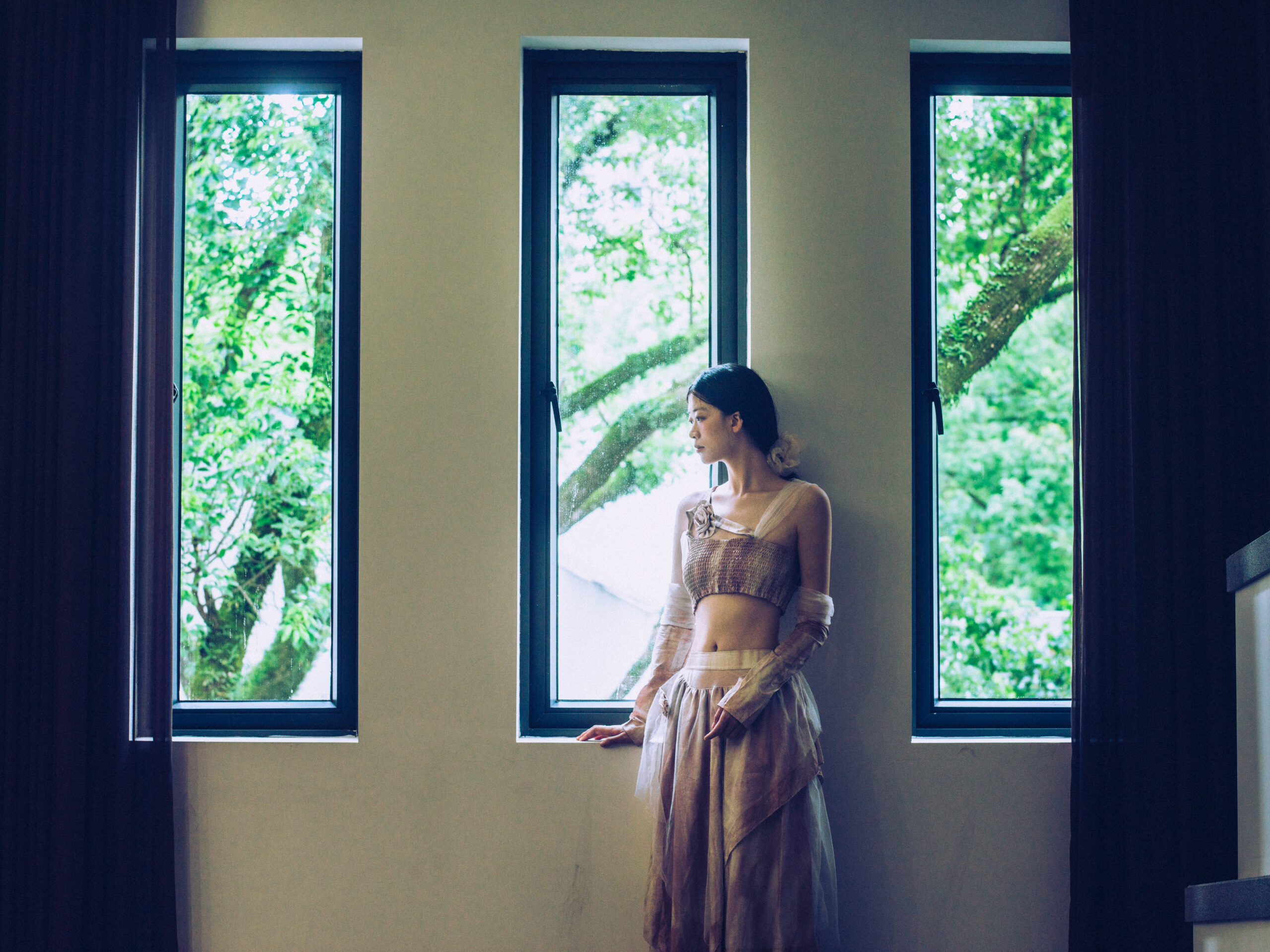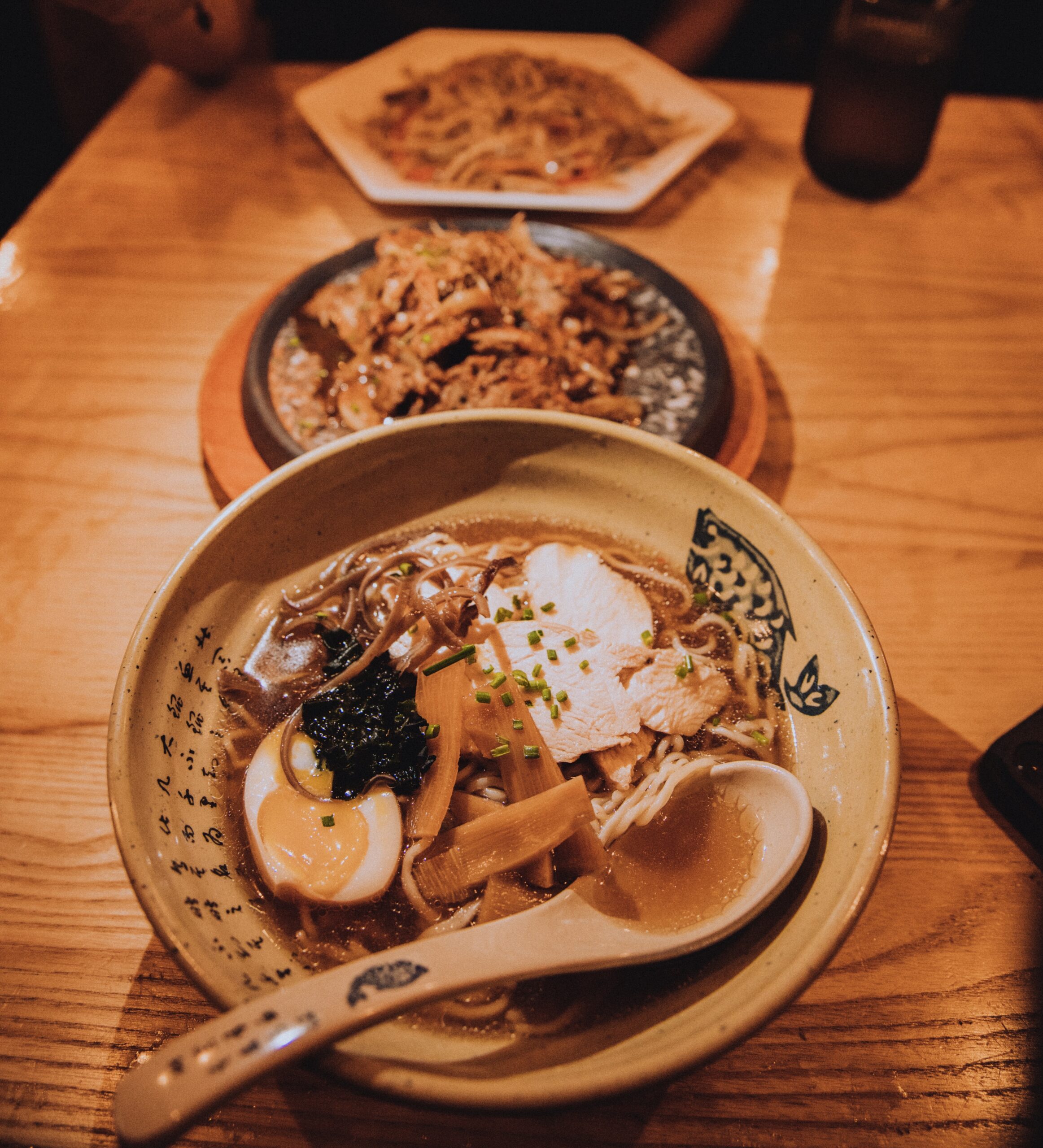In this article, you will explore the fascinating world of Traditional Aboriginal Medicine. From ancient healing practices passed down for generations to the unique medicinal plants found in Australia, you will uncover the deep-rooted traditions and cultural significance of Aboriginal medicine. Through a lens that embraces both spirituality and natural remedies, this article will give you a glimpse into the rich tapestry of healing methods used by Aboriginal communities for centuries. Get ready to embark on a journey that brings together culture, nature, and the power of traditional medicine.
Traditional Aboriginal Medicine

Introduction to Traditional Aboriginal Medicine
Traditional Aboriginal Medicine refers to the various healing practices and remedies that have been passed down through generations in Aboriginal communities in Australia. These ancient healing techniques and principles are deeply rooted in the spiritual connection between human beings, the natural environment, and the Dreamtime – the Aboriginal concept of the creation and ancestral beings. Traditional Aboriginal Medicine encompasses a holistic approach to health and well-being, focusing not only on physical ailments but also on spiritual and emotional healing.
Beliefs and Principles of Traditional Aboriginal Medicine
Central to Traditional Aboriginal Medicine is the belief that all aspects of an individual – physical, spiritual, and emotional – are interconnected. The fundamental principle is that by strengthening the balance and harmony within oneself, optimal health can be achieved. Traditional Aboriginal Medicine recognizes the importance of a deep connection with nature and the understanding that all living beings, including plants and animals, possess spiritual energy. It believes that illness is often a result of imbalances within this energy and aims to restore harmony through various healing practices.
The Role of the Medicine Man/Woman
In Aboriginal communities, the Medicine Man or Woman plays a vital role as the conduit between the spiritual and physical realms. They are entrusted with the knowledge and wisdom passed down from their ancestors and possess a deep understanding of the healing powers of plants, herbs, and rituals. The Medicine Man/Woman is responsible for diagnosing illnesses, prescribing herbal remedies, performing healing ceremonies, and providing guidance on spiritual and emotional well-being. Their role goes beyond just physical healing; they act as spiritual advisors, connecting individuals to their ancestral roots and helping them find their purpose and direction in life.
Herbs and Plants in Traditional Aboriginal Medicine
Plants and herbs play a crucial role in Traditional Aboriginal Medicine. Different plants possess unique healing properties, and their use varies depending on the specific ailment or condition being treated. For example, the Tea Tree is commonly used for its antiseptic and antibacterial properties, while the Eucalyptus tree is used for respiratory ailments. The knowledge of herbal remedies is passed down orally through generations, and the Medicine Man/Woman possesses an intimate understanding of the properties and preparation methods of these plants. The use of these natural remedies not only addresses physical symptoms but also promotes overall well-being and balance within the individual.

Healing Techniques and Rituals
Healing techniques in Traditional Aboriginal Medicine go beyond the use of plants and herbs. Rituals and ceremonies are often performed to facilitate the healing process. Healing ceremonies can involve dancing, chanting, and the use of various tools such as crystals, smoke, and sacred objects. The rituals aim to cleanse and restore the energy within an individual, clearing any negative influences or imbalances. These ceremonies are conducted in a sacred and respectful manner, ensuring that the connection between the spiritual realm and the individual is honored.
The Importance of Dreamtime in Healing
Dreamtime is a central concept in Aboriginal culture and is intrinsically linked to healing practices. Dreamtime refers to the time of creation when ancestral beings shaped the land, created the plants and animals, and established the laws and customs for Aboriginal people. Traditional Aboriginal Medicine views the Dreamtime as a realm of wisdom and guidance that can be accessed to bring about healing. Understanding and connecting with one’s Dreamtime helps individuals gain insights into the root causes of their ailments and facilitate their healing journey. Dreamtime stories and practices are shared through storytelling and rituals, ensuring this knowledge is preserved and passed on to future generations.

Spiritual and Emotional Healing Practices
Traditional Aboriginal Medicine acknowledges that physical health is intertwined with spiritual and emotional well-being. Spiritual healing plays a crucial role in restoring balance and harmony within an individual. This can involve connecting with ancestral spirits, performing rituals that cleanse and protect the spirit, and seeking guidance from the Dreamtime. Emotional healing practices focus on nurturing a positive and healthy mindset by addressing unresolved trauma, promoting forgiveness, and fostering inner peace. Traditional healing practices aim to create holistic well-being by addressing all aspects of a person’s being.
Traditional Aboriginal Medicine and Western Medicine
Traditional Aboriginal Medicine and Western medicine have different approaches to healing, but they can coexist and complement each other. While Western medicine focuses primarily on physical symptoms and the use of pharmaceuticals, Traditional Aboriginal Medicine emphasizes holistic well-being, addressing the root causes of illnesses. Collaboration between Aboriginal healers and Western medical practitioners can enhance patient care, integrating the benefits of both approaches. Recognition of the valuable knowledge and practices in Traditional Aboriginal Medicine can lead to a more comprehensive and culturally sensitive healthcare system.
Challenges and Preservation of Traditional Aboriginal Medicine
Traditional Aboriginal Medicine faces several challenges in the preservation of its practices and knowledge. Colonization and the forced assimilation of Aboriginal groups have led to a loss of cultural identity and a decline in traditional healing practices. The intergenerational trauma resulting from these historical injustices has impacted the transmission of knowledge from elders to younger generations. Additionally, the increasing influence of modern lifestyles and Western practices has led to a shift away from traditional healing practices.
To ensure the preservation of Traditional Aboriginal Medicine, efforts are being made to revitalize and reclaim these practices. Aboriginal communities are working to document and record traditional remedies, rituals, and stories, preserving them for future generations. Cultural education and mentorship programs aim to pass on the knowledge and skills of Aboriginal healers to younger members of the community. Recognizing the value of Traditional Aboriginal Medicine within mainstream society and providing support for its integration can help ensure its continued practice and preservation.
Conclusion
Traditional Aboriginal Medicine is a rich and complex system of healing that encompasses physical, spiritual, and emotional well-being. Rooted in the deep connection between humans, nature, and the spiritual realm, it offers a holistic approach to health and aims to restore balance and harmony within individuals. The role of the Medicine Man/Woman, the use of plants and herbs, healing rituals, and the understanding of Dreamtime are all integral components of Traditional Aboriginal Medicine. By recognizing its value and working towards its preservation, we can honor the ancient wisdom of Aboriginal communities and promote a more inclusive and holistic approach to healthcare.
